Untangling an Intricate System
Food supply chains are complex systems. They can include fields, factories, warehouses, and storage facilities that transform raw agricultural crops to products ready for consumption.
It’s a robust network that relies on 19.7 million full- and part-time jobs in the agricultural and food industries, according to 2020 data from the U.S. Department of Agriculture (USDA)'s Economic Research Service.
Due to its sheer size, if one link in the chain breaks down, it can cause loss of product and an increase in costs for all parts of the supply chain — not to mention food safety and accessibility concerns.
That’s why Laura-Anne Minkoff-Zern, PhD, an associate professor and the graduate program director of food studies at Syracuse University, is concerned about the long-term sustainability of America’s food supply chain and those who make it possible.
As the author of “The New American Farmer: Immigration, Race, and the Struggle for Sustainability,” a book examining the experiences of Latino farmworkers in the United States, Minkoff-Zern believes the issue lies in a loss of understanding of how the food supply chain works as an integrated system, rather than distinct processes.
“We've lost touch with who's doing the work to produce our food because we've become so alienated from that process,” Minkoff-Zern says.
Food supply is a long journey that starts with production. Farmers, fishers, and ranchers cultivate, catch, and breed plants and animals to provide sustenance for an ever-increasing population.
When we talk about food systems, we're not just talking about the actual food products themselves. We're talking about the people, we're talking about the natural resources, we're talking about environments, we're talking about social and material spaces. We're talking about communities.
Next up is food processing. Raw ingredients are transformed into edible food products that are packaged, marketed, and distributed — anything from a meatpacking plant to a bakery to a canning facility,” says Minkoff-Zern.
Eventually, food is stored before it reaches the distribution stage, protecting it from spoilage due to exposure to air, liquids, or other contaminants.
The transportation sector then moves food to the marketplace. Food must be transported securely and swiftly to arrive in peak condition.
“When we talk about food systems, we're not just talking about the actual food products themselves,” Minkoff-Zern explains. “We're talking about the people, we're talking about the natural resources, we're talking about environments, we're talking about social and material spaces.”
“We're talking about communities.”








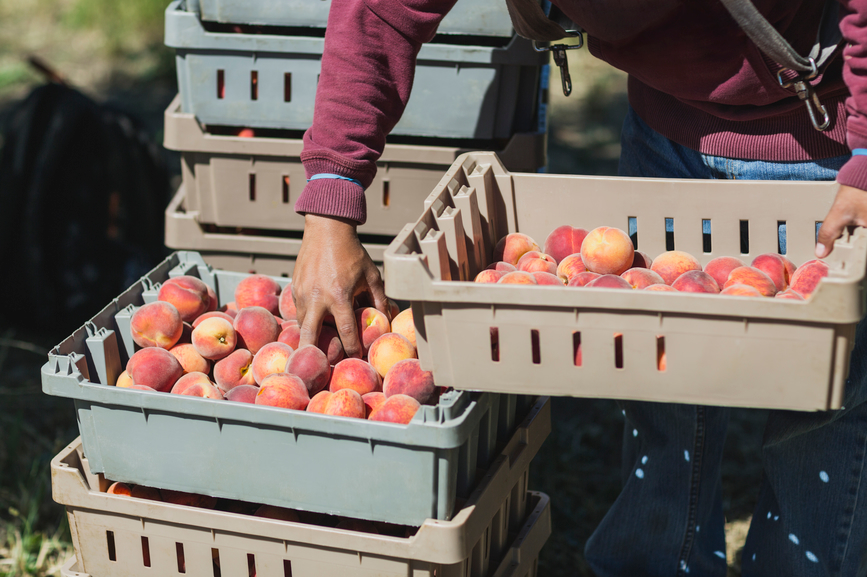




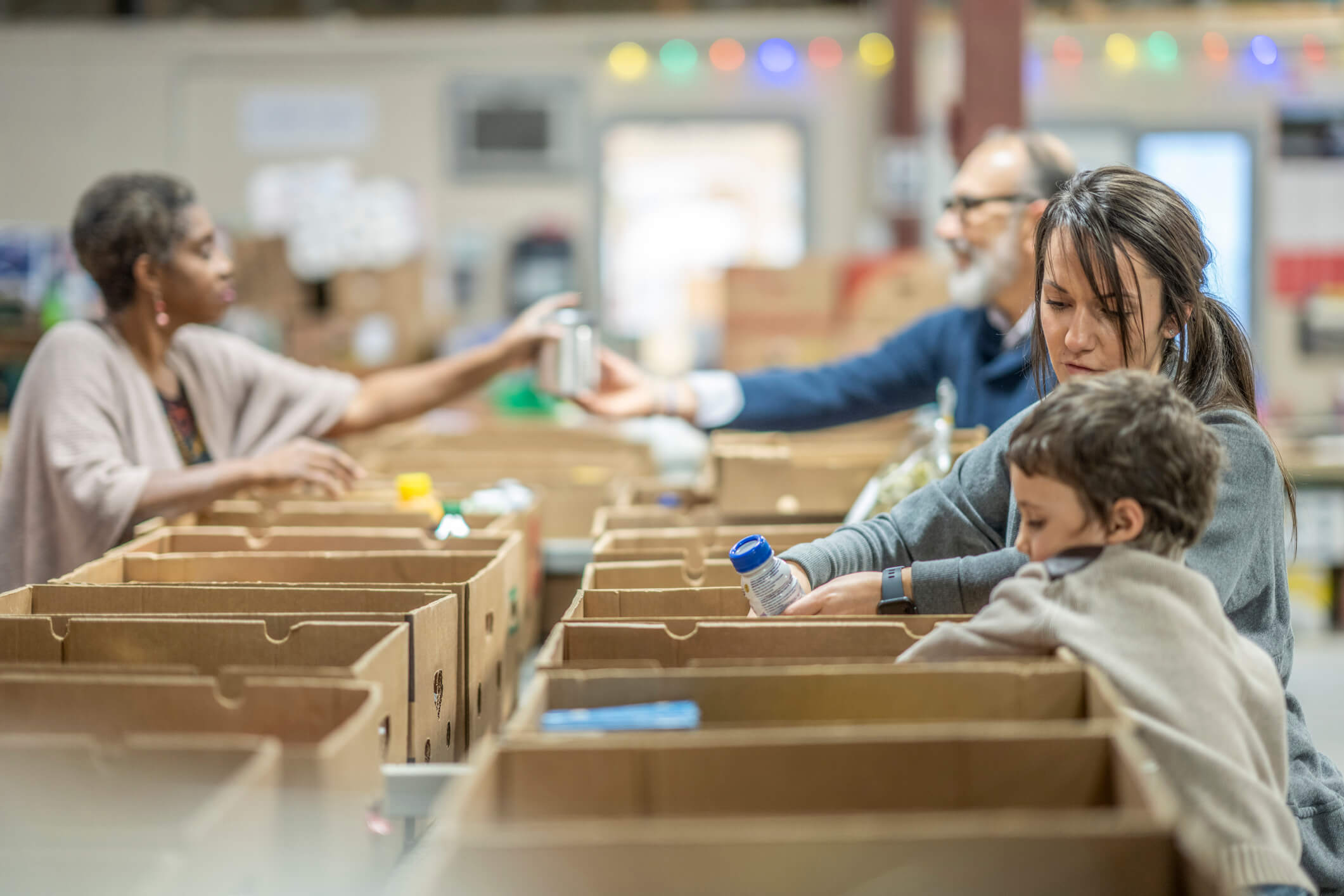

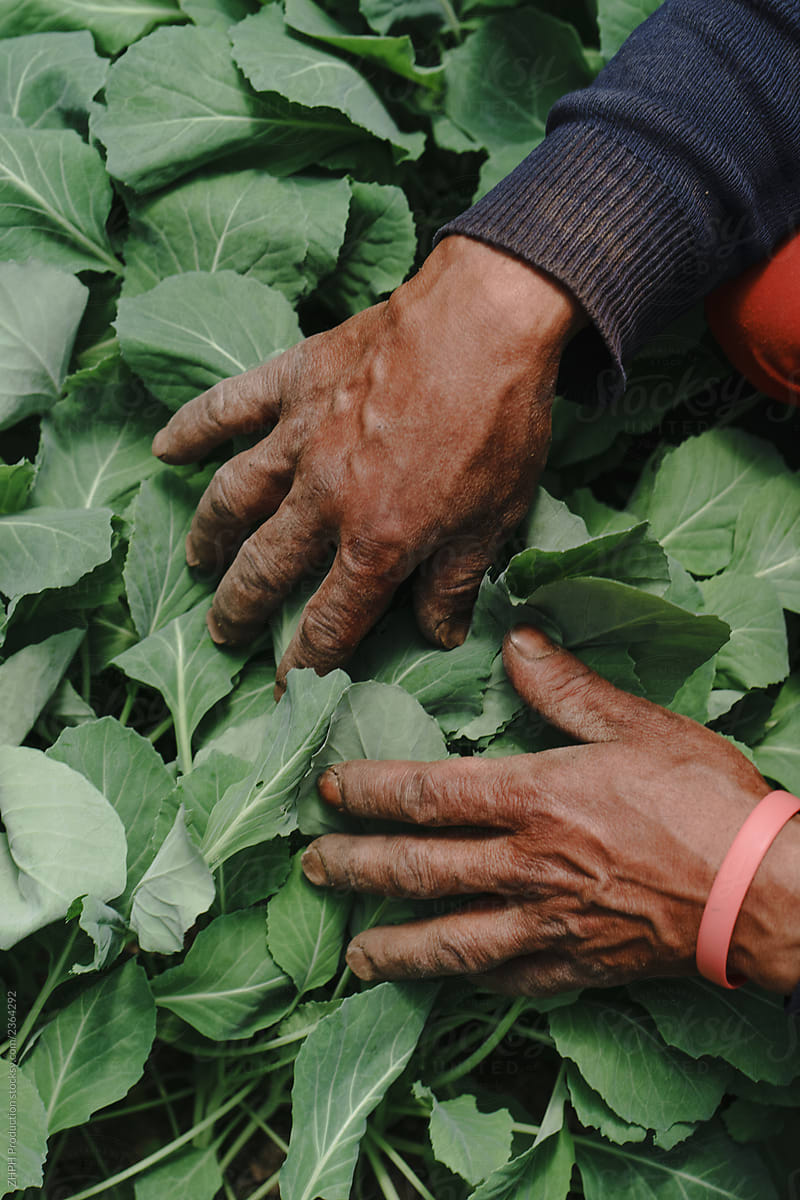

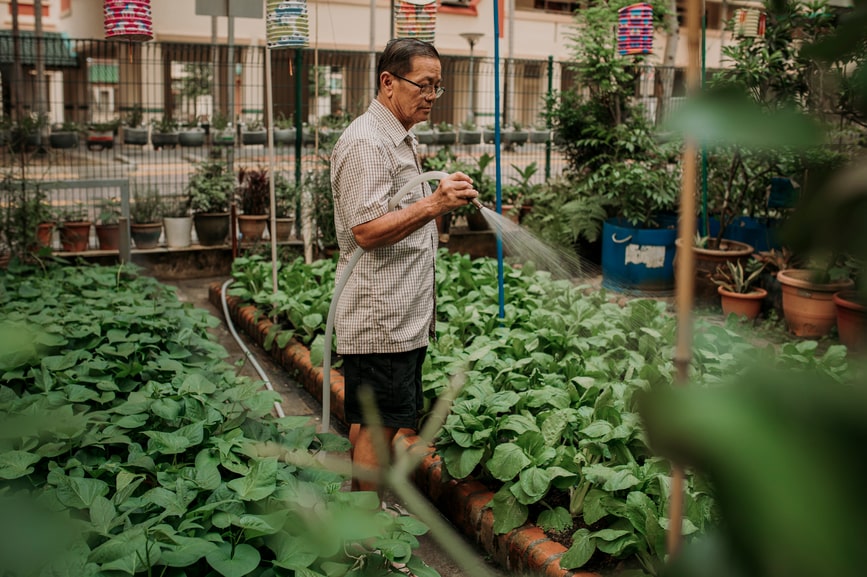
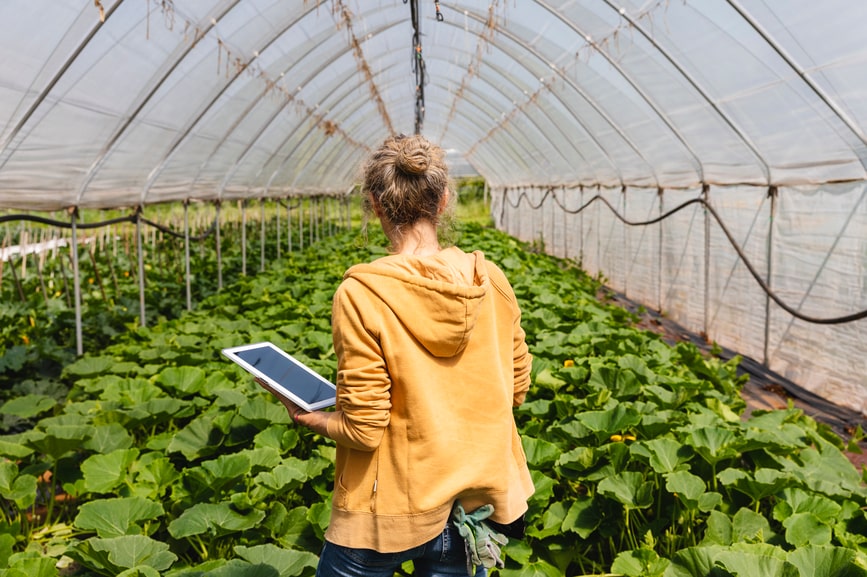
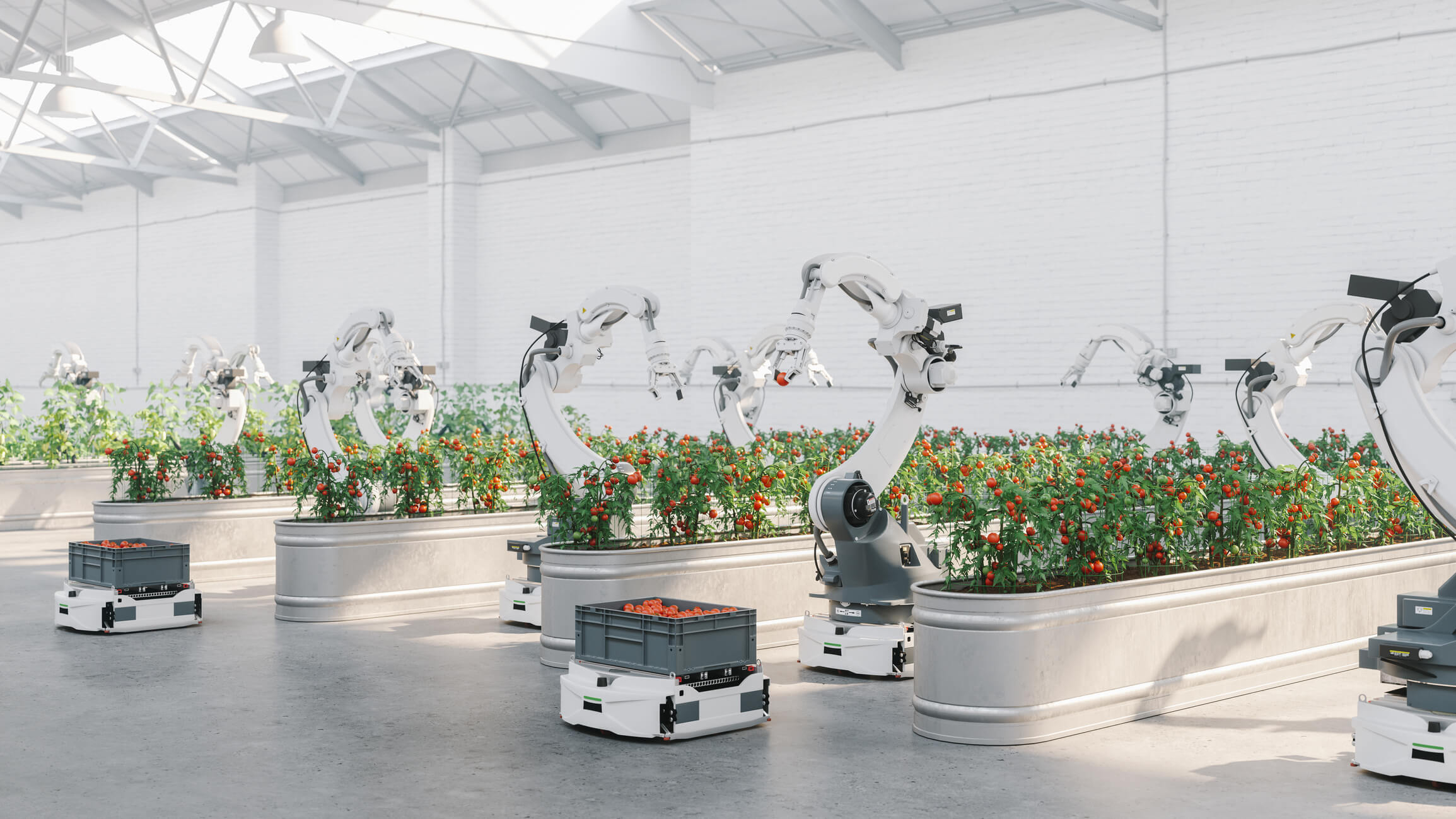
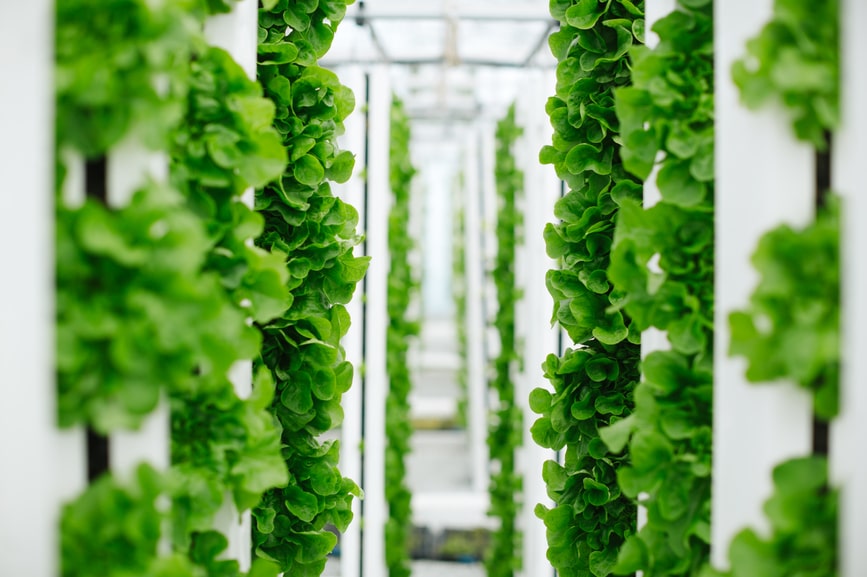
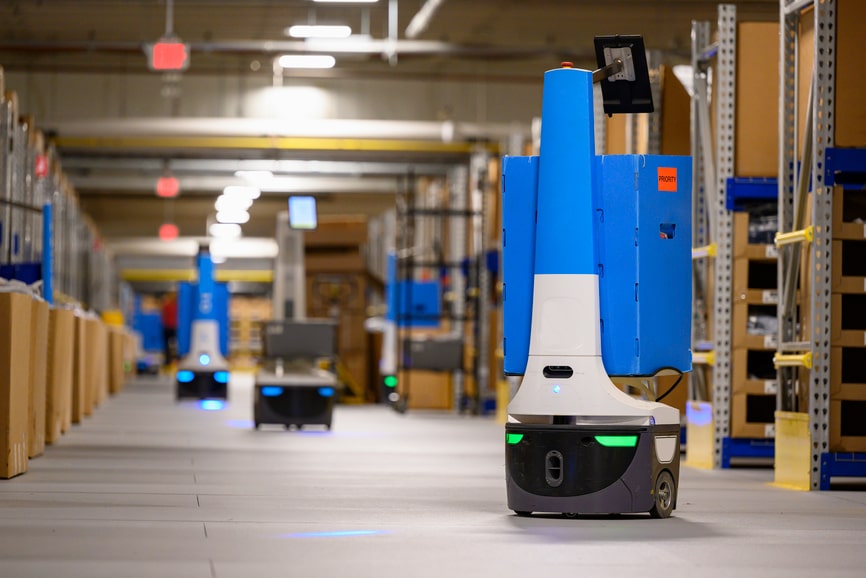
-min.jpg)




